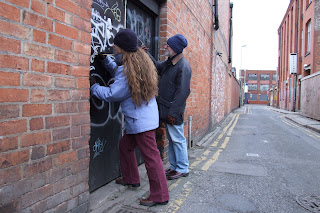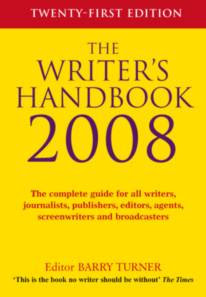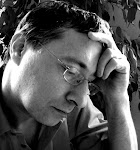Poorly functioning short term memory is one of the indicators of dyslexia. In practical terms, that means the typical dyslexic finds it hard to hold a series of instructions in his/her head. If I was sent out to buy three items, I might well have forgotten two by the time I got to the shop.
Exam revision was painful. I had to use what educationalists refer to as ‘over-learning’ - the repetition of the same bit of information over and over and over again. Other students might have been able to fix the thing they wanted to remember with two or three repetitions. I would need fifteen or twenty, followed by yet further repetitions after a few minutes break.
When I was a student, I evolved a system of exam revision in which I created complex diagrams that contained all the information I would need in order to answer different questions. I practiced drawing these diagrams until I could do it easily. Then, in the exam, all I needed to do was decide which diagram fitted the question, draw the thing on my answer paper, then write an explanation underneath. Sixty or seventy such diagrams got me through my final geology exams at university.
What I had done, though I didn’t know this at the time, was develop a system that relied on different kinds of memory. Spatial memory and kinaesthetic memory – the memory of movement.
Since then I have discovered that there is a science and an art to remembering things. We were never taught it at school – which in retrospect is bizarre – but people have been developing memory techniques for thousands of years. Using these ancient methods has not only revolutionised my ability to remember things, it has also become one of the small, secret pleasures of my life.
The statement that I started this article with – that dyslexics tend to have poor short term memory – is at best misleading. It is true that I will easily forget a list of instructions. But there are other classes of information that I have always been able to hold without effort. Spatial memory is my strong point. If I put something down somewhere, I will be able to find it again weeks later. I’m also good at remembering movement and texture. These things come so easily to me and were so different from my experience of exam revision that I never used to think of them as ‘remembering’ at all.
I used to try to remember the names of things. What I should have been doing was remembering their physicality.
A couple of days ago I was asked to go to the shop to buy: broccoli, tomatoes, cucumber, potatoes, red onions, grapes, oranges, carrots, fish, eggs, gluten-free fruit loaf, decaffeinated tea bags and sour apple sweets. As I was told this list, I mentally put each item into a different place in the house or garden. They are still there in my mind today. No effort was involved.

Shopping lists are a trivial example, of course, because you could write it all down on a piece of paper and not have to remember. Why don’t I do that? Because the act of storing this information and recalling it is intrinsically creative and pleasurable.
I don’t just imagine the items in different places. I imagine putting them into those places or taking them out. The tea bags for example: I imagined them growing like fruit on a bush in the garden. I imagined the smell and texture of them, the way they would rustle in the breeze. I imagined picking them one by one. Each item on the list only took a moment to imagine. But each image was playful or naughty or beautiful. Each image was fun.







 Yes, maybe creativity is a disorder. But it's not one I'd like to be without.
Yes, maybe creativity is a disorder. But it's not one I'd like to be without.
























